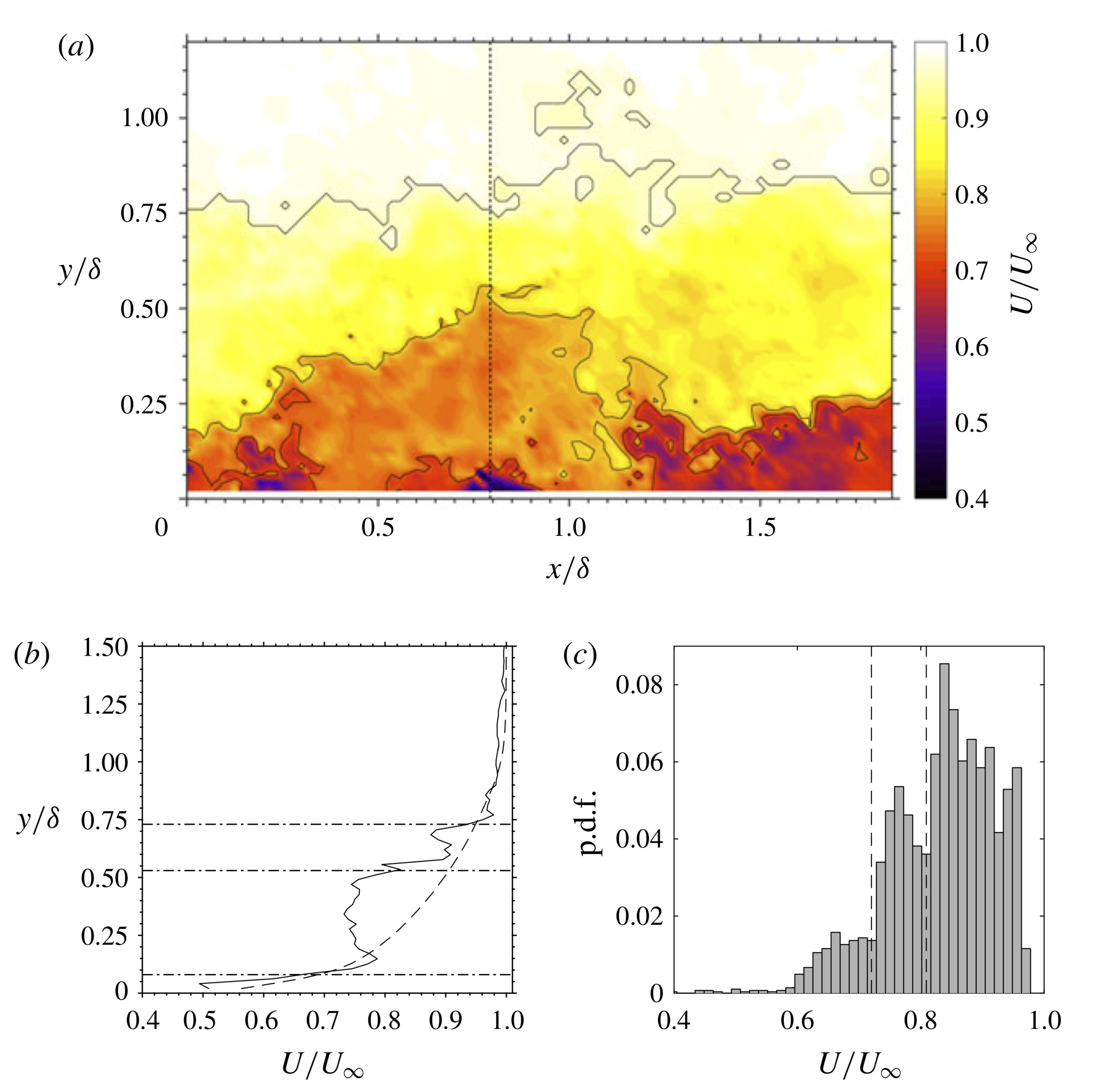Current Projects
Snortland et al (2019), EWTEC
Cross-Flow Turbine Hydrodynamics
We are examining the effects of Reynolds number, blade geometry, array blockage, variable velocity control, and tip-speed ratio on cross-flow turbine hydrodynamics and performance. It is essential we link the unsteady flow structure around each turbine blade to overall turbine performance so that we can further optimize the control and configuration of future designs for maximum power production and reliability.
Publications:
Snortland, I. Scherl, B. Polagye, O. Williams, “Cycle-to-cycle variations in cross-flow turbine performance and flowfields,” Experiments in Fluids (Special Issue), Under review. [link]
D. Mukul, B. Strom, A. Snortland, O. Williams, B. Polagye, J. Franck. “Vortex Dynamics of cross-flow turbines with intracycle angular velocity control,” AIAA Journal, 2021
A. Snortland, B. Polagye, and O. Williams (2019), “Influence of near-blade hydrodynamics on cross-flow turbine performance,” EWTEC, 2019
Funded by NAVFAC, ARPA-e, DOE TEAMER
In collaboration with Brian Polagye, PMEC.
Hypersonic Turbulence and Shock Interactions
Full description of ongoing efforts is coming soon.
Publications:
H. Lee, P. Martin, O. Williams, “Compressible boundary layer velocity transformation based on a generalized form of the total stress,” Physical Review Fluids. [link]
O. Williams, D. Sahoo, M. Papageorge, A. J. Smits , “Effects of roughness on a turbulent boundary layer in hypersonic flow,” Experiments in Fluids [link]
C. Helm, P. Martin, O. Williams, “Characterization of the shear layer in separated shock/turbulent boundary layer interactions,”Journal of Fluid Mechanics, 2020
O. Williams, D. Sahoo, M. Baumgartner, A.J. Smits, “Experiments on the structure and scaling of hypersonic boundary layers,” Journal of Fluid Mechanics, 834, 237-270, 2018
O. Williams, A.J. Smits, "Effect of tripping on hypersonic turbulent boundary layer statistics", AIAA Journal, 55 (9), 3051-3058, 2017
Funded by AFOSR
From Williams et al (2018), JFM
Turbulent separated flows
The engineering simulation of turbulent separated flows remains challenging due, in part, to a lack of validation data needed to qualify new turbulence models. In aid of NASA’s CFD 2030 goals and in collaboration with with Boeing Company, we have undertaken the study of a newly proposed validation test case for turbulent separated flows. This geometry is three-dimensional, to minimize interactions with tunnel side walls, and incorporates the wind tunnel confinement in its definition. Results of initial studies on this geometry will be presented at SciTech 2020.
Now entering Phase II, this project will undertake detailed flowfield measurements using PIV. Stringent wind tunnel certification and uncertainty quantification will allow careful comparison between simulations using a wide range of turbulence models.
Publications:
K. Manohar, O. Williams, R. Martinuzzi, C. Morton, “Sensor-based temporal super-resolution for turbulent separated flows,”Experiments in Fluids [link]
O. Williams, H. Annamalai, T. Ozoroski, C. Roy, T. Lowe, “Comparison of hill-type geometries for the validation and advancement of turbulence models,” SciTech 2022, AIAA [link]
O. Williams, M. Samuell, M.Robbins, H. Annamalai, A. Ferrante (2021), “Characterization of separated flowfield over Gaussian speed-bump CFD validation geometry,” SciTech 2021, AIAA [link]
M.Robbins, M. Samuell, H. Annamalai, O. Williams (2021), “Overview of validation completeness for gaussian speed-bump separated flow experiments ,” SciTech 2021, AIAA [link]
O. Williams, Madeline Samuell, Sage Sarwas, Matthew Robbins and Antonino Ferrante (2020), “Experimental study of a CFD validation test case for turbulent separated flows,” SciTech 2020, AIAA
Datasets: Surface pressure on Speed Bump
Funded by the Boeing Company
Supersonic Retropropulsion
We are investigating the conditions that lead to unwanted flowfield unsteadiness when employing supersonic retropropulsion (SRP) to slow down a reentering vehicle for landing. This method is a strong candidate for the landing of larger payloads on Mars as it uses off the shelf components. It is also already used to land first stage boosters back here on earth. But unsteadiness of the shock and shear-layer structure can lead to high loads and heat transfer on a vehicle that must be understood, minimized or avoided to ensure safe landing.
We are investigating the influence of jet pressure, forebody area and jet configuration using high speed schlieren photography. A new Mach 3 wind tunnel is now under construction to provide some of the first quantitative experimental SRP data using particle image velocimetry (PIV).
This project was recently featured on the UW AA homepage
Funded by Blue Origin
Yang (2019), MSAA Thesis









